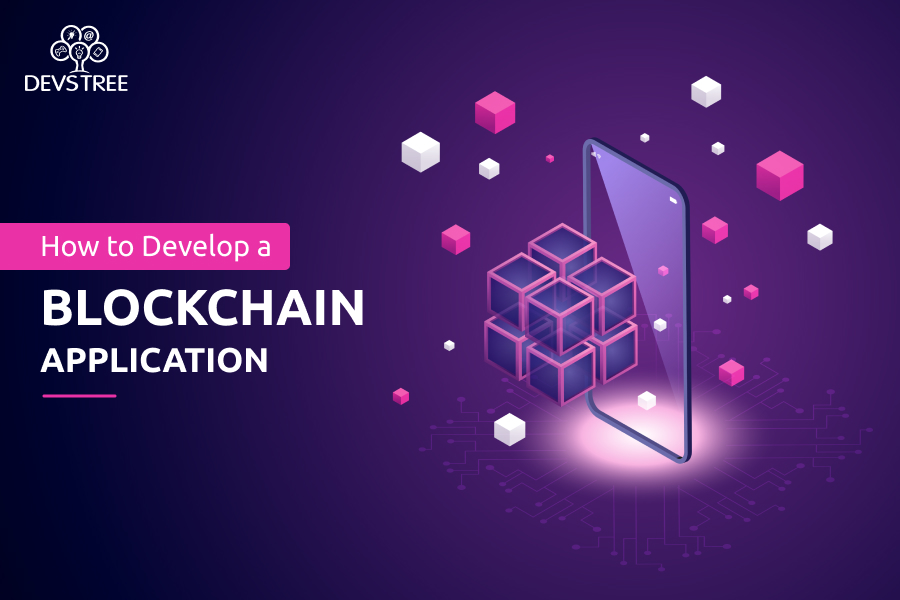
In the fast-evolving landscape of technology, blockchain stands out as a revolutionary force with the potential to transform diverse industries. If you’re intrigued by the prospect of building your own blockchain application but find the process intimidating, fear not. This detailed guide is crafted to take you through the step-by-step journey of creating a blockchain application, unraveling complexities, and empowering you to embark on this exciting endeavor.
Grasping the Fundamentals
Before delving into the development process, it’s essential to grasp the basics of blockchain technology. At its core, blockchain is a decentralized and distributed ledger that securely records transactions across a network of computers. Transactions are encrypted and linked in a chain, providing transparency, immutability, and security.
Step 1: Define Your Use Case
Begin by pinpointing the specific problem or need your blockchain application seeks to address. Whether streamlining supply chain processes, enhancing financial transaction transparency, or developing a decentralized application (DApp), a well-defined use case serves as the bedrock for your development journey.
Step 2: Select the Right Blockchain Platform
Choosing the appropriate blockchain platform is a critical decision. Options like Ethereum, Hyperledger, and Binance Smart Chain offer unique features. Consider scalability, consensus mechanism, and smart contract functionality to make an informed choice.
Step 3: Design the Architecture
Craft a robust architectural framework for your application. Define data structure, consensus mechanisms, and rules governing your blockchain. Whether it’s a public or private blockchain, the architecture should align with your use case and scalability needs.
Step 4: Develop Smart Contracts
Smart contracts, written in languages like Solidity for Ethereum or Chaincode for Hyperledger, govern the logic of your application. Develop these self-executing contracts to enhance the functionality of your blockchain.
Step 5: Build the User Interface
Design an intuitive user interface that facilitates seamless interaction with your blockchain application. This involves creating a front-end to empower users to access and engage with the underlying blockchain effortlessly.
Step 6: Integrate APIs
Integrate Application Programming Interfaces (APIs) to connect your blockchain application with external services and databases, ensuring interoperability and maximizing functionality.
Step 7: Thorough Testing
Prior to deployment, conduct exhaustive testing to identify and rectify potential issues. Unit testing, integration testing, and system testing ensure the reliability and security of your application.
Step 8: Deployment and Maintenance
After successful testing, deploy your blockchain application. Regularly monitor and maintain it to address emerging issues, implement updates, and ensure continuous functionality.
Conclusion
Starting the journey to create a blockchain application might feel a bit daunting, but with a good grasp of these steps, you’re ready to tackle the intricacies of this transformative technology. Embrace the power of blockchain to devise creative solutions and be a part of the continually evolving landscape of decentralized applications. Enjoy the coding process!
We trust that our guide on blockchain app development has been beneficial! With the knowledge and examples shared earlier, you should now be in the process of crafting your own concept for a blockchain app. Have you started working on it? We’re eager to hear about your concept and your involvement in its development.
To refine your app development ideas, consider seeking advice from Devstree UK, a reliable and reputable company specializing in blockchain development. They can assist you in enhancing your decentralized journey. If you’re looking for guidance, you can also enroll in the Devstree UK Blockchain Quality Engineer.
